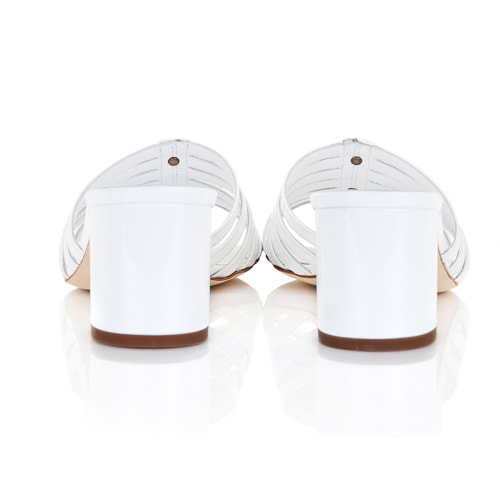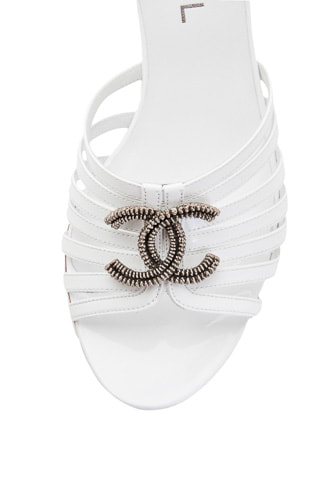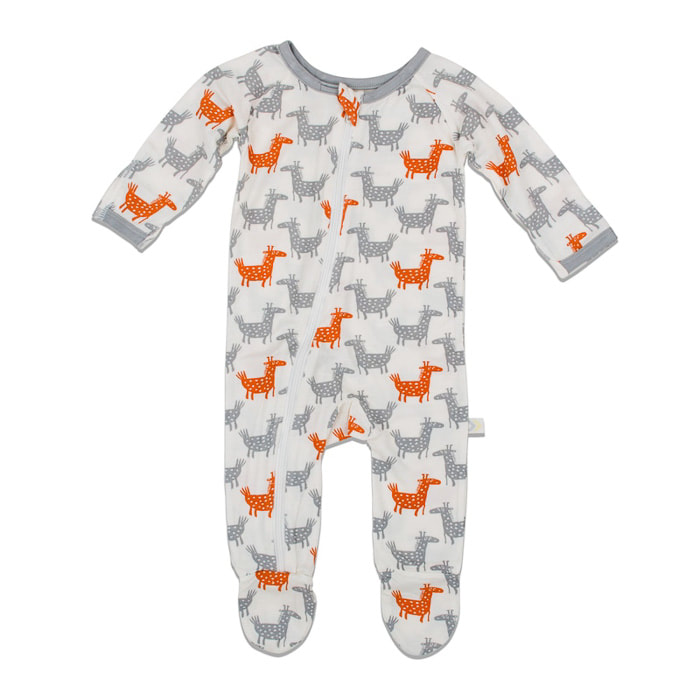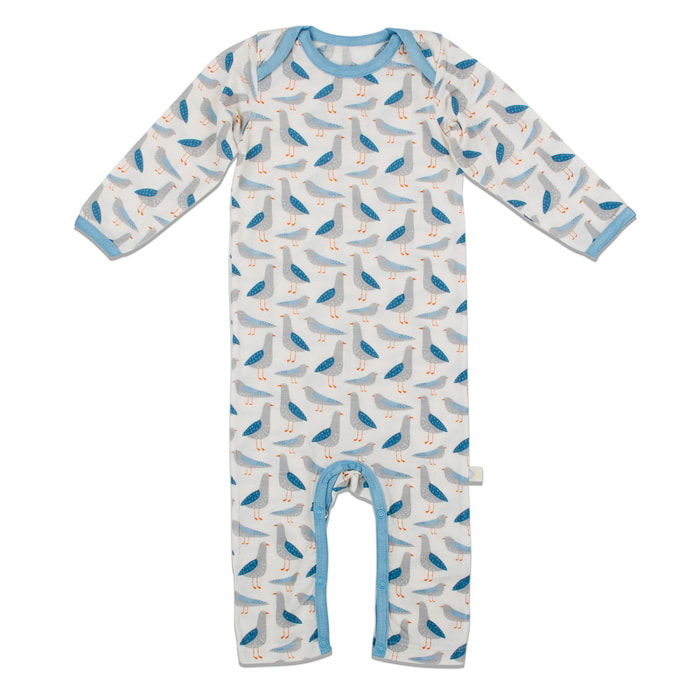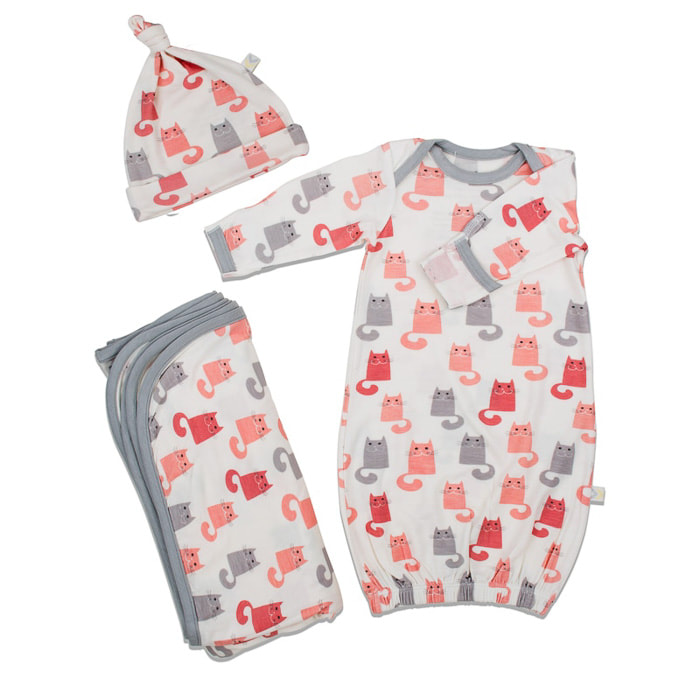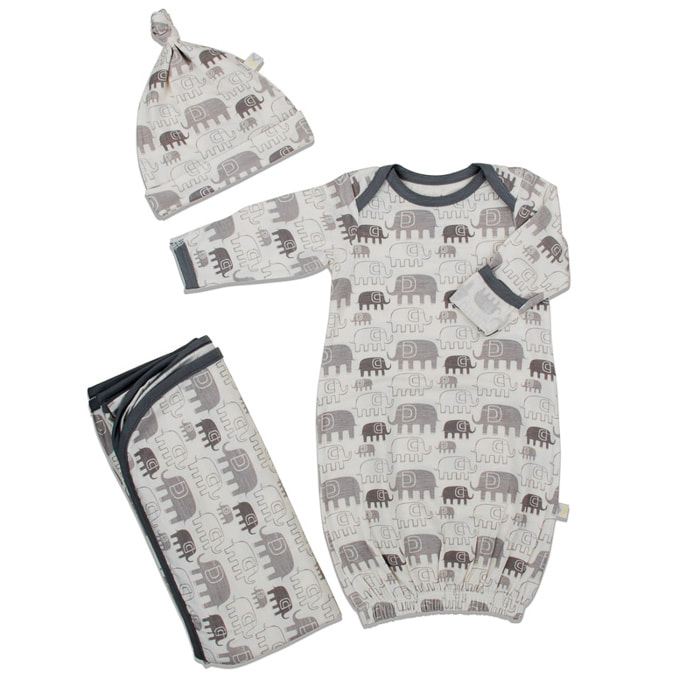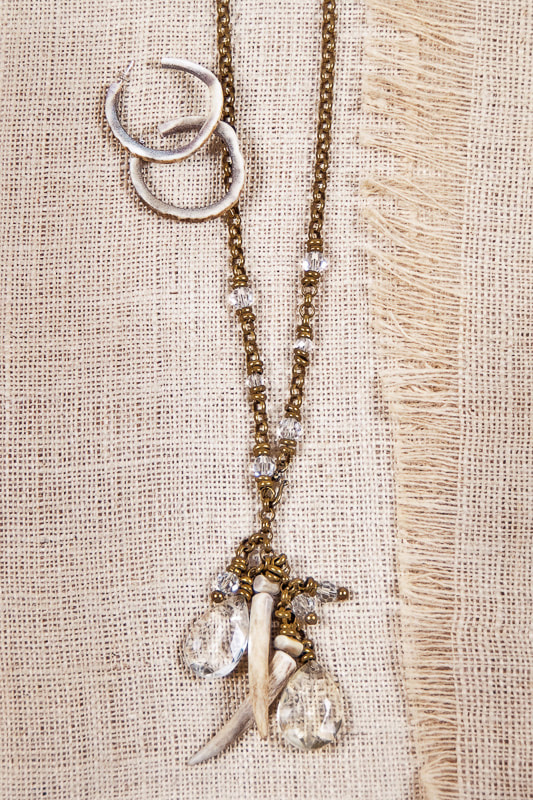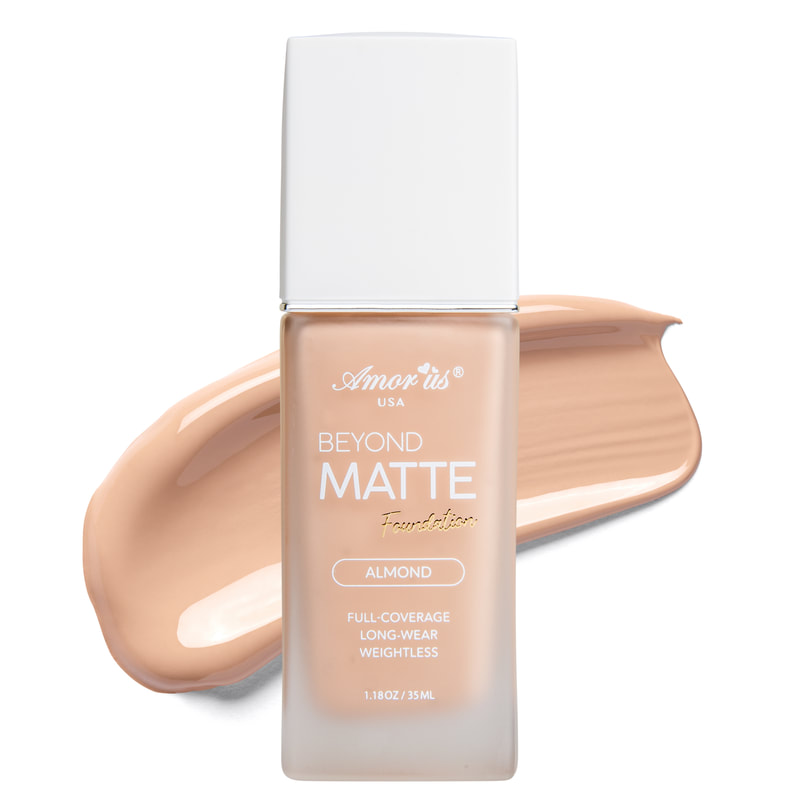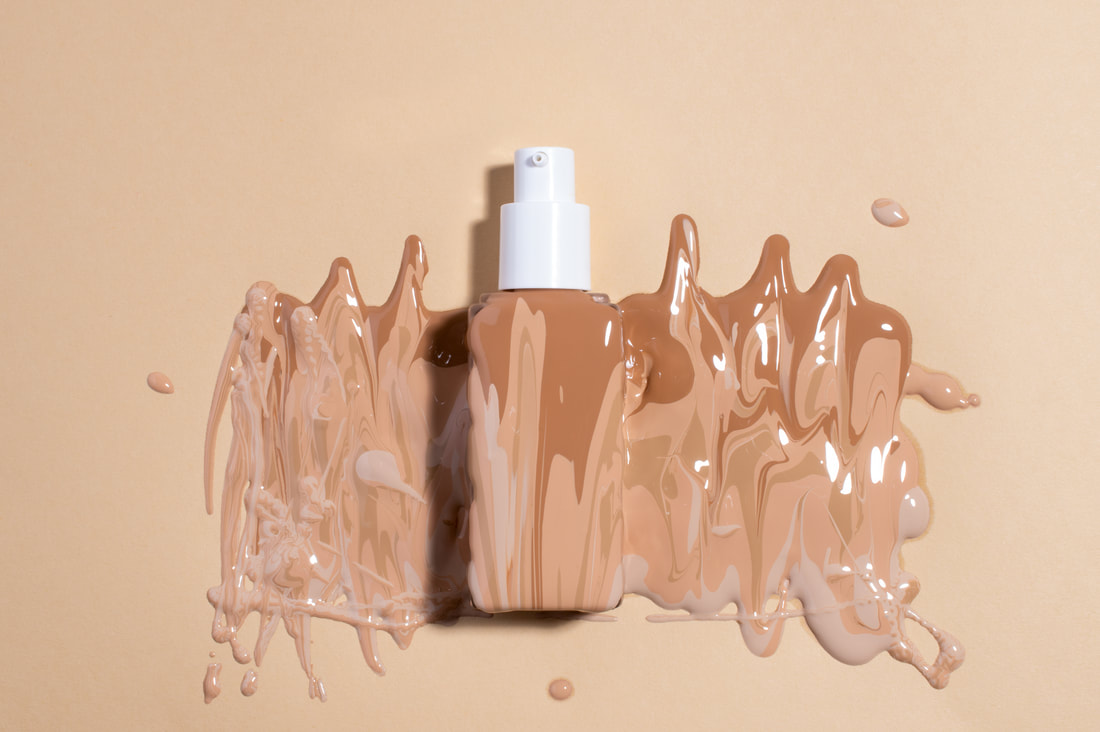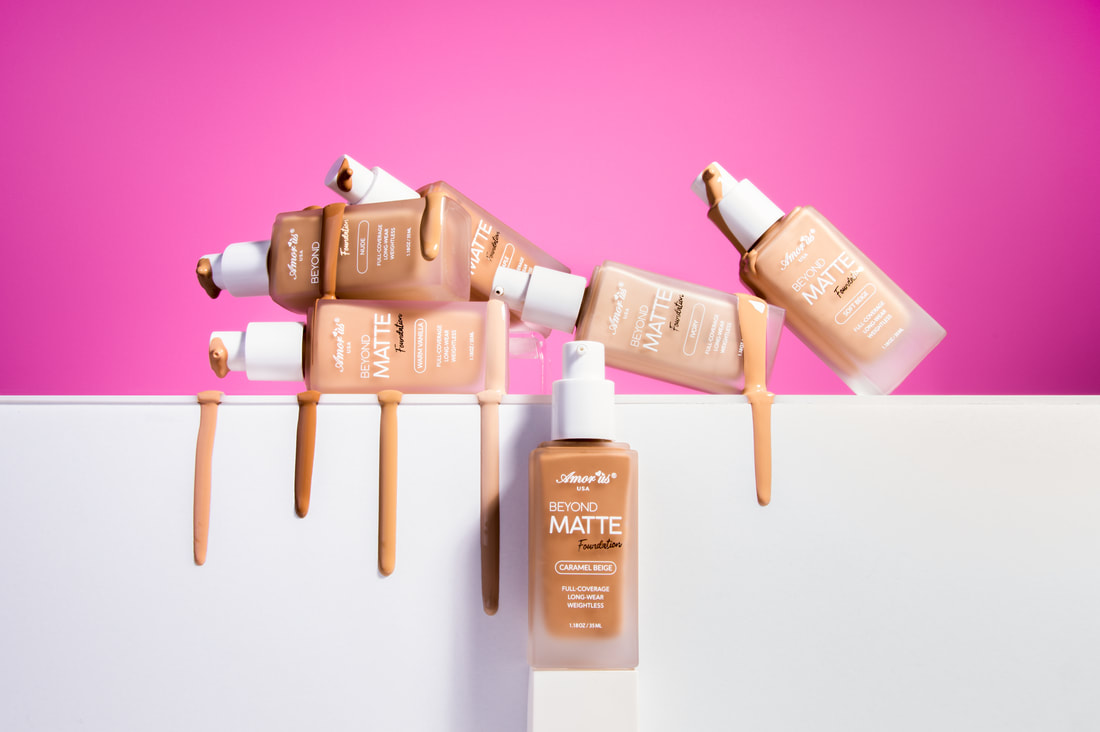Photography is an art form that captures moments and memories, but product photography is about business and it has to represent the exact message you want to give to your customers. Nonetheless, when it comes to selecting a photographer, there's often a misunderstandinsg about the intricacies of various photography styles.
Imagine you're picking a photographer, and you have a specific idea of how you want your photos to look but you dont know how to explain this to the photographer. So you end up using terms you have heard like catalog photos, advertising images or my favorite “hero shot”. I cant tell you how many times I have heard these terms from clients who don’t know what the visual content of these particular terms.
First of all, you might assume that any photographer can deliver these styles. However, here's the catch: every photographer has their own unique way of creating images, afterall photography is still an art form. Also, it is the photographer’s job to educate the client about each different style. With over two decades in the photography industry, I've frequently encountered this confusion. Clients might request a particular type of photo, unaware that it requires specific skills and techniques. For instance, there are photos taken in a studio with controlled lighting and those captured outdoors using natural light. These difference in the outcome will be very drastic, especially if you are trying to do product photography with natural lighting vs strobe lighting in the studio.
Furthermore, photographing different subjects demands diverse expertise. You cannot expect a wedding photographer to do amazing product photos in the studio. They are two different types of photographers who are trained in different technical aspects. One is trying to photograph a reflective label on a bottle and the other is capturing a moving person with dim colorful backlight. These are very different tasks that require different tools, skill and training. Secondly, the photographer should never assume the client is aware of the differences in photographer terminology. You may have been in the business for decades like me, sometimes we tend to forget this, especially with new clients.
Occasionally, time constraints may lead to oversight. Lets, say a client asks for catalog photos but we dont know what they think is a catalog photo. So, we proceed to take the photos without asking questions because they were in a time crunch, and you assumed they knew your work and familiar with this particular photography term and style. Only to discover that they aren't satisfied with the end results for catalog photos. Same client now asks for advertising shots because they think that’s what they need. We go ahead and do advertising shots in our own style assuming they know our style, and yet again they dont like the results. This scenario results in wasted time and effort and income loss. Both parties are frustrated in this situation.
Take time to educate your clients at your first contact so they have a better understanding of different styles and varieties in every category. I send my clients a first initial email that explains my work schedule, how I work, what they should expect, my full price list, how I do payments etc. For some people this may look like a long and unnecessary email and some clients may not even read it fully. But at least you did your part and you will not be penalized if there is any confusion. The only solution lies in effective communication. If a potential client approaches you, ensure they've perused your portfolio and genuinely and without a doubt they appreciate your work.
In the end, It is the photographer’s job to make sure the client have viewed the previous work of the photographer. On the other hand, clients should also engage in conversations with photographers, ask many questions, and seek a clear understanding of the photographer's style. Yes, you may have a phone camera and you maybe be good at taking pictures with it. However we both know that professional photography requires a lot more than just being able to take good photos. Because everyone's understanding of good photo will be different.
Ask yourself as a client looking for a photographer. Do you like the photographer’s approach to photography. They may have even soft lighting or high contrast and dark shadows in their photos. These are important to pay attention to because lighting is the key to photography and what the image says to the audience. Do you like how they arrange products or how they style the set for creative images. In conclusion, misconceptions about photography terms can cost you time and money. However, both photographers and clients can bridge this gap by engaging in open dialogue. By asking questions, clients sharing photos of what they like will foster a mutual understanding, then the art of photography can truly shine.
Neslihan Ayakta Ostrowski, AKA photographer Nesli
Imagine you're picking a photographer, and you have a specific idea of how you want your photos to look but you dont know how to explain this to the photographer. So you end up using terms you have heard like catalog photos, advertising images or my favorite “hero shot”. I cant tell you how many times I have heard these terms from clients who don’t know what the visual content of these particular terms.
First of all, you might assume that any photographer can deliver these styles. However, here's the catch: every photographer has their own unique way of creating images, afterall photography is still an art form. Also, it is the photographer’s job to educate the client about each different style. With over two decades in the photography industry, I've frequently encountered this confusion. Clients might request a particular type of photo, unaware that it requires specific skills and techniques. For instance, there are photos taken in a studio with controlled lighting and those captured outdoors using natural light. These difference in the outcome will be very drastic, especially if you are trying to do product photography with natural lighting vs strobe lighting in the studio.
Furthermore, photographing different subjects demands diverse expertise. You cannot expect a wedding photographer to do amazing product photos in the studio. They are two different types of photographers who are trained in different technical aspects. One is trying to photograph a reflective label on a bottle and the other is capturing a moving person with dim colorful backlight. These are very different tasks that require different tools, skill and training. Secondly, the photographer should never assume the client is aware of the differences in photographer terminology. You may have been in the business for decades like me, sometimes we tend to forget this, especially with new clients.
Occasionally, time constraints may lead to oversight. Lets, say a client asks for catalog photos but we dont know what they think is a catalog photo. So, we proceed to take the photos without asking questions because they were in a time crunch, and you assumed they knew your work and familiar with this particular photography term and style. Only to discover that they aren't satisfied with the end results for catalog photos. Same client now asks for advertising shots because they think that’s what they need. We go ahead and do advertising shots in our own style assuming they know our style, and yet again they dont like the results. This scenario results in wasted time and effort and income loss. Both parties are frustrated in this situation.
Take time to educate your clients at your first contact so they have a better understanding of different styles and varieties in every category. I send my clients a first initial email that explains my work schedule, how I work, what they should expect, my full price list, how I do payments etc. For some people this may look like a long and unnecessary email and some clients may not even read it fully. But at least you did your part and you will not be penalized if there is any confusion. The only solution lies in effective communication. If a potential client approaches you, ensure they've perused your portfolio and genuinely and without a doubt they appreciate your work.
In the end, It is the photographer’s job to make sure the client have viewed the previous work of the photographer. On the other hand, clients should also engage in conversations with photographers, ask many questions, and seek a clear understanding of the photographer's style. Yes, you may have a phone camera and you maybe be good at taking pictures with it. However we both know that professional photography requires a lot more than just being able to take good photos. Because everyone's understanding of good photo will be different.
Ask yourself as a client looking for a photographer. Do you like the photographer’s approach to photography. They may have even soft lighting or high contrast and dark shadows in their photos. These are important to pay attention to because lighting is the key to photography and what the image says to the audience. Do you like how they arrange products or how they style the set for creative images. In conclusion, misconceptions about photography terms can cost you time and money. However, both photographers and clients can bridge this gap by engaging in open dialogue. By asking questions, clients sharing photos of what they like will foster a mutual understanding, then the art of photography can truly shine.
Neslihan Ayakta Ostrowski, AKA photographer Nesli




